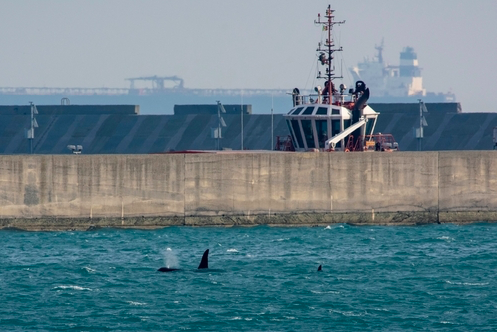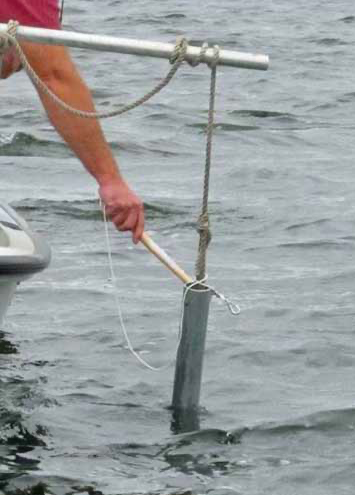To protect the 75 orcas remaining in the Salish Sea, all means are good… even the use of an ancient marine wildlife torture technique, originally intended for hunting whales and dolphins.

Only a few dozen southern resident killer whales left in the Salish Sea
According to conservationists, only around 75 Southern Resident killer whales remain in the Salish Sea around British Columbia and Washington State. A number confirmed by a press release from WWF and the local orca rights group Orca Conservancy.
According to the local NGO, the main reasons why this species is now critically endangered are :
- Lack of food
- Pollution, exacerbated by the growing risk of oil spills
- Ship noise.
Oil spills, the killer whale’s number 1 enemy
Indeed, while several oil slicks have been reported near the San Juan Islands (an archipelago in North America’s Pacific Northwest) according to Fox 13, a local media outlet, the National Oceanic and Atmospheric Administration has issued a serious warning on the subject.
As an Orca Conservancy press release points out, “an oil spill could decimate the entire population and also pose a major danger to other ecotypes such as migratory killer whales, as well as other species and wildlife”. Tamara Kelley, a member of the association, affirms that this small social group is particularly vulnerable to this type of event.
Problem: the southern resident killer whales’ home zone overlaps several important shipping lanes for container ships and tankers, which use this route when coming from or heading towards Canada or America. What’s more, with the expansion of Robert Banks Terminal 2 and the Transmountain pipeline, this traffic is set to increase 7-fold, according to the Orca Conservancy.
The astonishing Oikomi pipe solution
This is why volunteers and coastguards have decided to test a new technique to protect orcas from a potential oil spill: Oikomi pipes or “percussion pipes”.

Like long metal rods, they are plunged into the water. The hammer-like blows on the pipes create an unpleasant noise in the water, scaring the killer whales away. According to a 2016 NOAA release, “Because sound is so important, using loud or obtrusive sounds is one way to try to scare whales away from an oil-contaminated area.”
Originally, this technique was used by whale hunters. “They used them to herd dolphins into coves to capture them or sell them to marine parks. It’s a disgusting noise they’d probably want to avoid,” Tamara Kelley explained to Fox 13. The young activist also posted a video on her Instagram profile, where she can be seen in action, hitting one of these pipes.
Source: Source & Vie

